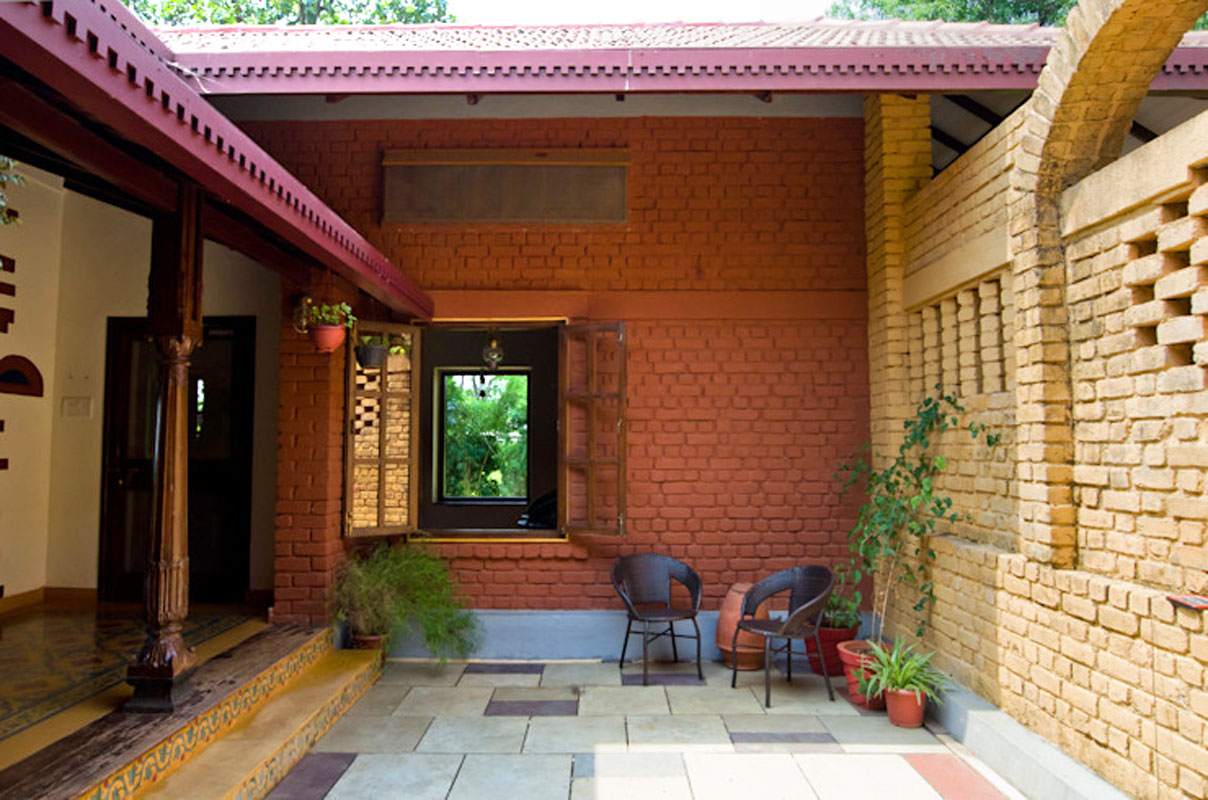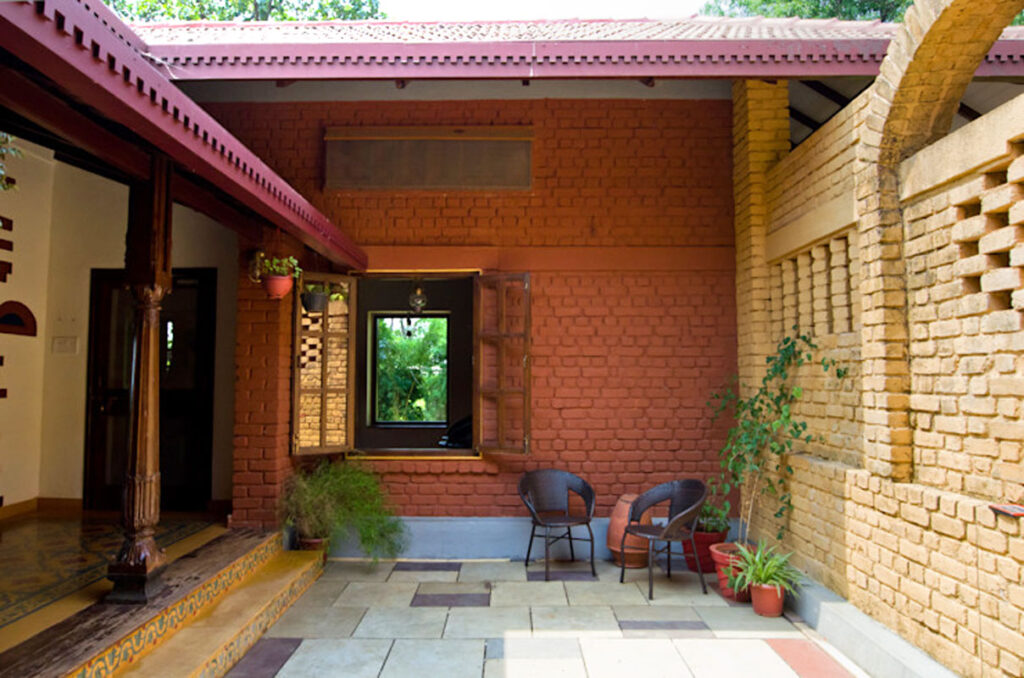Energy efficiency is not just a catchphrase, it is doable to a large extent.

Among other things, a new millennium home must be energy-efficient. This is the unwritten code and includes all constructions, new and old. Since reducing the carbon footprint is the goal of every environment-friendly citizen, charity, as they say, begins literally at home.
For a start, to make our dwelling energy-efficient, we need to upgrade our home. While the first move is to replace incandescent bulbs with LED bulbs, as covered in the previous column, the next step is to check everyday appliances. If some of them are due for replacement, it is best to do some homework before you go in for new ones.
In the past decade, the Bureau of Energy Efficiency (BEE) in India has invested much effort in developing energy-efficient standards for electrical equipment and labelling them to help consumers make their choice in an informed manner. This has helped enhance the cost saving potential of the products and reduce your energy bill every month. It also boosts your green quotient on the home front.
Electronic devices if left on “standby” or “sleep” mode draw power to work clocks, timers and remotes, and can account for 5 to 10 per cent of your electricity bill.
Thanks to BEE, all quality electrical equipment and appliances display energy performance labels and have minimum standards laid down for them. The more the stars the better the energy efficiency. Included in the list of star-rated appliances are those considered essential for city life — the air conditioner, washing machine, refrigerator, computer, microwave, solar water heater, LPG stove, ceiling fan and the deep freezer. For larger operations, BEE has also labelled induction motors, pump sets, DG sets and chillers, among others.
According to experts, apart from the appliance you choose, it is how you use them that also makes a difference. For instance, many electronic devices if left on “standby” or “sleep” mode draw power to work clocks, timers and remotes. This low-level use can account for five to 10 per cent of your electricity bill. It is also recommended that if you want to replace a desktop computer, it is better to go in for a laptop as it uses almost 80 per cent less electricity. Though the laptop is more expensive when you buy it, it is greener in the long run.
Enormous amount of energy can also be saved by the way you cook. For instance, microwave ovens are said to consume 80 percent less energy than conventional ovens which have to be pre-heated. So, if you are merely heating or last-minute browning, using the microwave may be a better option. Similarly, good cooks swear by the time and energy saving pressure cooking provides. They also say that if pots and pans are covered, food gets cooked faster, reducing the use of whatever cooking medium you are using.
To make roofs cool use reflective material that absorbs less heat from the sunlight. For the floors inside the house avoid carpeting as it adds to the heat.
In the same way, tweaking the way you launder clothes can help lower the power bill. First and foremost, when using a washing machine, wait for a full load of clothes and avoid using the medium setting on the washer. Second, avoid high temperature settings for water if the clothes are not too soiled. Third, if you put the laundry on a clothesline on a sunny day, you could save on the drying function altogether.
However, energy efficiency is not achieved only by using star-rated products, energy saving devices and by following relevant tips. Going green is a holistic concept that encompasses other areas as well — home construction is one of them, and crucially, introducing renewable energy for domestic consumption.
If you are refurbishing your home, or building a new one, there are many important aspects to keep in mind, especially those to do with light and air. In case you are replacing windows or doors, make sure you choose ones that are made of eco-friendly material, give you the right insulation, ventilation and help to flood the house with as much natural light as possible. This itself enables less use of artificial energy.
In case you are redoing the roofs of your house, or adding another storey to it, as often happens with stand-alone homes in a city, make sure that the roof structure is designed to support solar panels (the subject of my column next month). An investment in renewable energy can pay off for years to come. Needless to say, it would be expedient to call in a solar expert who will help identify a location for the inverter and batteries and tell you how the electric conduit will run for making the connection to solar panels.
In cities that are hot for most of the year, considering the best kind of roofing and flooring helps in controlling the temperature inside the house. To make roofs cool, it is recommended that you use reflective material that absorbs less heat from the sunlight. For the floors inside the house, it is best to avoid carpeting as it adds to the heat. Instead, go in for flooring that is tiled or made of natural material that can be swabbed to bring down the temperature. It is bringing all these elements together that make a house more energy-efficient.
The writer is a senior journalist who writes on environmental issues.






